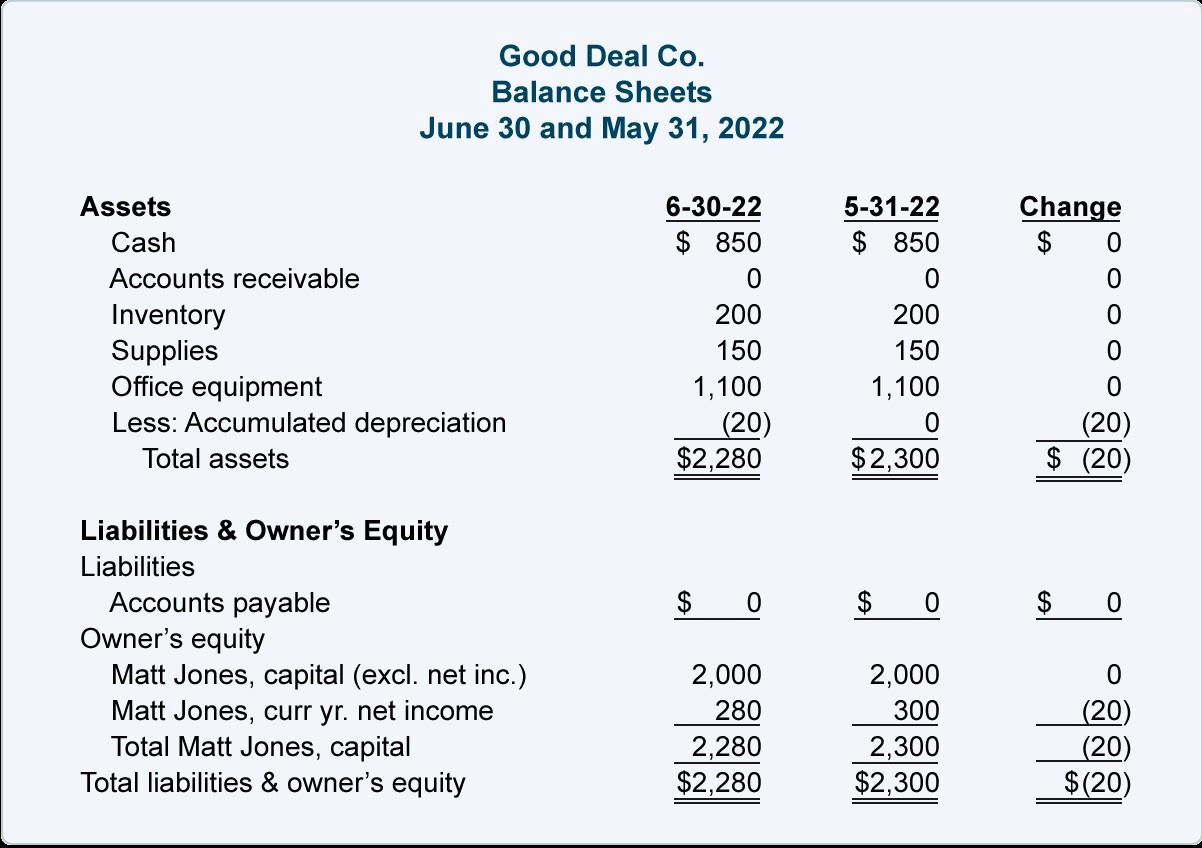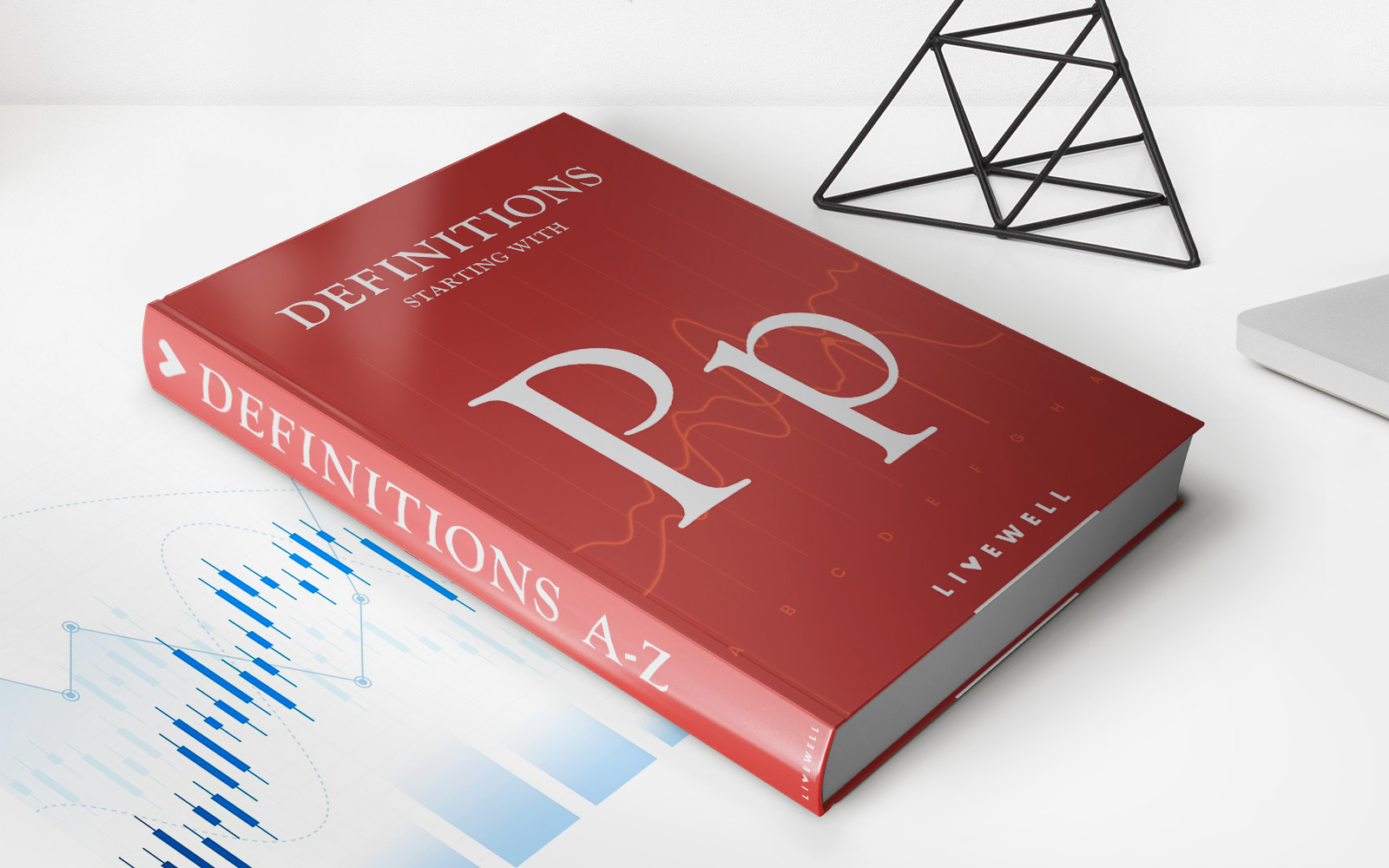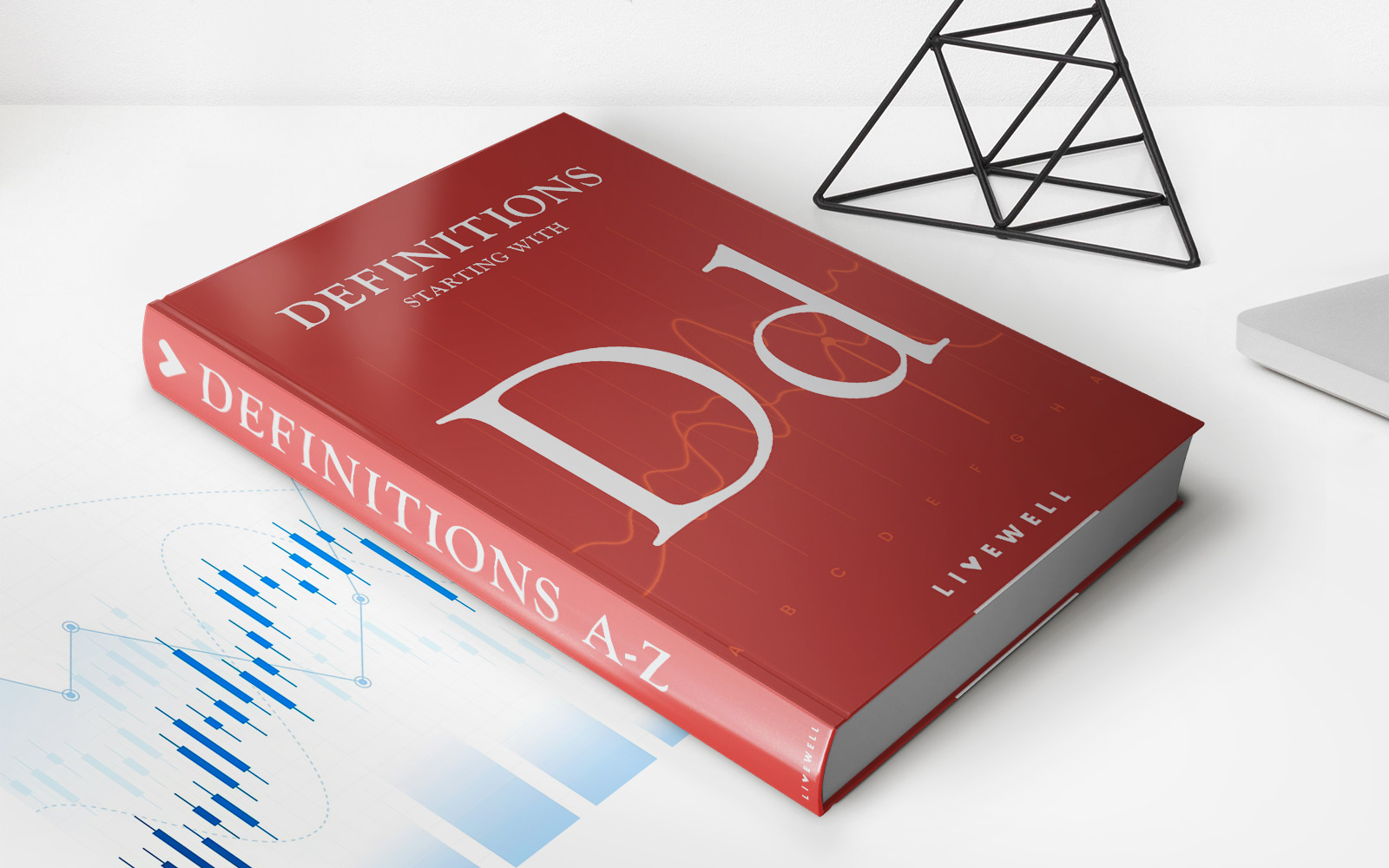Home>Finance>How Is The Minimum Payment Calculated For Credit Cards


Finance
How Is The Minimum Payment Calculated For Credit Cards
Published: February 26, 2024
Learn how credit card companies calculate the minimum payment and manage your finances effectively. Discover the key factors to consider when determining your credit card minimum payment.
(Many of the links in this article redirect to a specific reviewed product. Your purchase of these products through affiliate links helps to generate commission for LiveWell, at no extra cost. Learn more)
Table of Contents
Introduction
Credit cards are a ubiquitous aspect of modern-day financial transactions, offering unparalleled convenience and flexibility. However, the ease of swiping a card can sometimes lead to unintended financial consequences, particularly if the minimum payment is not fully understood. In this comprehensive guide, we will delve into the intricacies of minimum credit card payments, shedding light on the factors influencing their calculation and the importance of managing credit card debt effectively.
Understanding the nuances of minimum payments is crucial for maintaining financial well-being and avoiding the pitfalls of mounting debt. By unraveling the complexities of minimum payments and offering insights into their calculation, this guide aims to empower individuals to make informed decisions regarding their credit card usage and repayment strategies.
As we navigate through the various facets of minimum payments, we will explore the key factors that influence their determination, the potential pitfalls of adhering solely to the minimum payment requirement, and actionable tips for managing credit card debt responsibly. By the end of this journey, readers will have gained a comprehensive understanding of minimum payments and be equipped with the knowledge to navigate the realm of credit card usage with confidence and prudence.
Join us as we embark on a journey to demystify the world of minimum credit card payments, empowering you to take control of your financial well-being and make informed decisions that pave the way for a secure and stable financial future.
Understanding Minimum Payments
Minimum payments represent the lowest amount a cardholder is required to pay on their credit card balance each month to remain in good standing with the card issuer. While this may seem like a manageable obligation, it is essential to comprehend the implications of adhering solely to the minimum payment, as doing so can lead to long-term financial challenges.
When cardholders make only the minimum payment, they are essentially carrying forward the remaining balance to the next billing cycle, subjecting themselves to interest charges on the unpaid amount. This can result in a cycle of debt accumulation, where the outstanding balance continues to accrue interest, leading to a gradual increase in the overall debt burden.
Moreover, by paying only the minimum amount due, cardholders extend the repayment period, potentially spanning several years for larger balances. This prolonged repayment timeline translates to higher interest payments over the life of the debt, significantly inflating the total amount repaid compared to clearing the balance in a more expedited manner.
Understanding the ramifications of minimum payments is paramount for individuals seeking to maintain control over their financial well-being. By comprehending the implications of carrying forward a balance and the associated interest accrual, cardholders can make informed decisions regarding their repayment strategy, thereby mitigating the risk of falling into a cycle of perpetual debt accumulation.
As we delve deeper into the intricacies of minimum payments, it becomes evident that while they offer short-term relief by requiring a modest monthly outlay, their long-term implications necessitate careful consideration and proactive debt management strategies. By gaining a comprehensive understanding of minimum payments, individuals can navigate the credit card landscape with prudence, ensuring that their financial decisions align with their long-term goals and aspirations.
Factors Affecting Minimum Payments
The calculation of minimum credit card payments is influenced by several key factors, each of which plays a pivotal role in determining the amount due each month. Understanding these factors is essential for cardholders seeking to gain insights into the mechanics of minimum payments and their implications for overall debt management.
1. Outstanding Balance: The outstanding balance on a credit card is a primary determinant of the minimum payment. Typically, a percentage of the remaining balance is mandated as the minimum payment, with the specific percentage varying among card issuers. As the outstanding balance fluctuates, so does the minimum payment, directly correlating with the amount owed.
2. Interest Rate: The annual percentage rate (APR) associated with the credit card balance significantly impacts the minimum payment. Higher interest rates result in larger interest charges, thereby necessitating a higher minimum payment to cover both the interest and a portion of the principal balance. Cardholders with high APRs may find that their minimum payments are more substantial, making it challenging to manage their debt effectively.
3. Fees and Penalties: Incurred fees and penalties, such as late payment fees or over-limit charges, can augment the minimum payment. These additional charges contribute to the total amount due, potentially escalating the minimum payment beyond the standard requirement, particularly if fees are assessed in conjunction with the regular monthly payment.
4. Credit Utilization: The ratio of credit card balances to credit limits, known as credit utilization, can impact the minimum payment. Higher credit utilization ratios may prompt card issuers to mandate larger minimum payments, as elevated balances relative to credit limits signify heightened risk for the lender.
By comprehending the factors influencing minimum payments, cardholders can gain valuable insights into the dynamics of credit card debt management. Recognizing the interplay between outstanding balances, interest rates, fees, and credit utilization empowers individuals to make informed decisions regarding their repayment strategy, thereby fostering greater control over their financial well-being.
Calculation of Minimum Payments
The calculation of minimum credit card payments typically involves a combination of fixed and variable components, each contributing to the total amount due. While specific methodologies may vary among card issuers, the fundamental elements encompassed in the calculation process remain consistent across the industry.
1. Percentage of Outstanding Balance: A common approach to determining the minimum payment involves applying a percentage to the outstanding balance. This percentage, often ranging from 1% to 3% of the total balance, constitutes the baseline component of the minimum payment. As the outstanding balance fluctuates, the minimum payment adjusts proportionally, reflecting the dynamic nature of the repayment obligation.
2. Fixed Fees and Charges: Some card issuers incorporate fixed fees, such as annual fees or certain maintenance charges, into the minimum payment calculation. These fixed components contribute to the total minimum payment, augmenting the percentage-based requirement and establishing a baseline for the monthly obligation.
3. Interest Accrual: The interest accrued on the outstanding balance forms an integral part of the minimum payment calculation. By incorporating the interest charges into the total amount due, card issuers ensure that a portion of the interest is covered each month, preventing the balance from perpetually escalating due to interest accrual.
4. Minimum Payment Floor: Card issuers may impose a minimum payment floor, stipulating a predetermined minimum amount irrespective of the calculated percentage or accrued interest. This safeguard ensures that the minimum payment remains above a certain threshold, preventing excessively low payments that could prolong the repayment period and lead to unsustainable debt accumulation.
Understanding the intricacies of minimum payment calculation equips cardholders with the knowledge to assess their monthly repayment obligations critically. By recognizing the composite nature of minimum payments, individuals can make informed decisions regarding their credit card usage and repayment strategies, thereby fostering responsible debt management and financial prudence.
Importance of Paying More Than the Minimum
While adhering to the minimum payment requirement may offer temporary relief by fulfilling the basic obligation, it is imperative for cardholders to recognize the long-term implications of exclusively making minimum payments. Opting to pay only the minimum amount due can lead to a myriad of challenges, including prolonged debt repayment, increased interest expenses, and potential credit score implications.
1. Accelerated Debt Repayment: By paying more than the minimum, cardholders can expedite the reduction of their outstanding balance, thereby shortening the overall repayment timeline. This proactive approach not only mitigates the accumulation of interest over an extended period but also facilitates a swifter path to debt freedom, empowering individuals to regain financial control.
2. Interest Savings: Making payments beyond the minimum requirement enables cardholders to minimize the interest accrued on their balances. By reducing the outstanding balance promptly, individuals can curtail the long-term interest expenses associated with carrying forward a substantial debt burden, ultimately preserving financial resources and bolstering their financial well-being.
3. Credit Score Enhancement: Timely and substantial payments contribute to a positive credit profile, potentially elevating the cardholder’s credit score. By demonstrating responsible credit management through consistent and augmented payments, individuals can enhance their creditworthiness, paving the way for favorable terms on future credit endeavors and financial opportunities.
4. Financial Flexibility: Clearing the credit card balance expeditiously through payments exceeding the minimum affords individuals greater financial flexibility. By reducing or eliminating high-interest debt, cardholders can allocate their resources toward savings, investments, or other financial goals, fostering a more secure and prosperous financial future.
By recognizing the significance of paying more than the minimum, individuals can proactively address their credit card debt, harnessing the benefits of accelerated debt repayment, interest savings, credit score enhancement, and enhanced financial flexibility. This proactive approach to debt management empowers individuals to transcend the limitations of minimum payments, charting a course toward financial freedom and stability.
Tips for Managing Credit Card Debt
Effectively managing credit card debt is pivotal for maintaining financial stability and fostering a healthy relationship with credit. By implementing prudent strategies and adopting disciplined financial practices, individuals can navigate the realm of credit card usage with confidence and mitigate the challenges associated with debt accumulation. Here are actionable tips for managing credit card debt:
- Budgeting and Expense Tracking: Establish a comprehensive budget that encompasses all expenses and income streams. Tracking expenditures enables individuals to identify areas where spending can be optimized, thereby freeing up resources for debt repayment.
- Prioritize High-Interest Debt: If holding multiple credit card balances, prioritize repayment of high-interest debt. By allocating surplus funds toward clearing high-interest balances, individuals can minimize interest expenses and expedite the reduction of overall debt.
- Consolidation and Refinancing: Explore options for consolidating credit card debt through balance transfers or personal loans with favorable terms. Consolidation can streamline repayment efforts and potentially lower the overall interest burden, facilitating more efficient debt management.
- Automatic Payments: Set up automatic payments for credit card bills to ensure timely and consistent payments. Automating the minimum payment, supplemented by additional manual contributions, fosters a structured approach to debt repayment and reduces the risk of missed payments.
- Negotiate Interest Rates: Contact card issuers to negotiate lower interest rates, especially if maintaining a positive payment history. Lower interest rates can alleviate the overall interest burden, making debt repayment more manageable and cost-effective.
- Financial Windfalls: Allocate unexpected financial windfalls, such as bonuses or tax refunds, toward credit card debt repayment. Leveraging windfalls to reduce outstanding balances accelerates debt repayment and minimizes interest expenses.
- Credit Limit Management: Exercise prudence in utilizing available credit limits, aiming to maintain a favorable credit utilization ratio. By avoiding excessive credit utilization, individuals can mitigate the risk of elevated minimum payments and potential credit score implications.
- Seek Professional Guidance: In cases of substantial debt or financial distress, consider seeking guidance from financial advisors or credit counseling services. Professional assistance can provide tailored strategies for debt management and financial rehabilitation.
By integrating these tips into their financial practices, individuals can proactively manage credit card debt, mitigate the challenges associated with debt accumulation, and pave the way for a secure and stable financial future.
Conclusion
Navigating the realm of credit card usage and debt management necessitates a comprehensive understanding of minimum payments and their implications for long-term financial well-being. By unraveling the intricacies of minimum payments, individuals can make informed decisions regarding their credit card usage, repayment strategies, and overall financial health. It is imperative to recognize the significance of paying more than the minimum, as this proactive approach empowers individuals to expedite debt repayment, minimize interest expenses, and enhance their credit profile.
As individuals strive to manage credit card debt effectively, prudent financial practices, such as budgeting, prioritizing high-interest debt, and exploring consolidation options, can significantly impact their debt management endeavors. By leveraging these strategies and integrating disciplined financial habits into their routine, individuals can transcend the limitations of minimum payments and chart a course toward financial freedom and stability.
Ultimately, the journey toward responsible credit card usage and debt management is characterized by informed decision-making, proactive debt repayment, and a commitment to financial prudence. By embracing these principles and leveraging the insights gleaned from this guide, individuals can navigate the credit card landscape with confidence, ensuring that their financial decisions align with their long-term goals and aspirations.
Empowered with the knowledge to navigate the complexities of minimum payments and equipped with actionable strategies for managing credit card debt, individuals can embark on a transformative journey toward financial well-being, transcending the challenges of debt accumulation and embracing a future characterized by stability, security, and prosperity.














